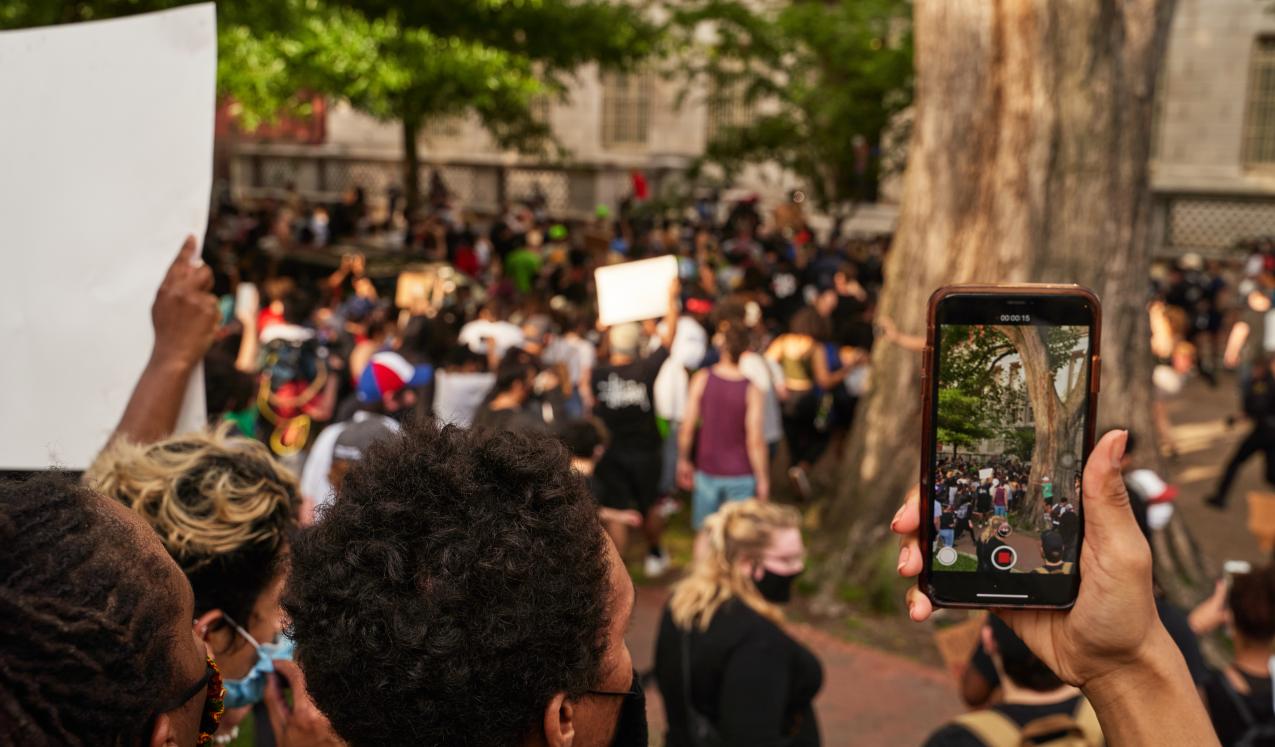
ALIGN’s two-part research series focuses on the relationship between gender norms and online social networks. This pair of complementary ALIGN reports examines both sides of this technology: the back-end of social media (including the hidden infrastructures that shape the content we see), and the front-end interface in terms of social media activism and the role it can play in instigating gender norm change.


Hidden in plain sight: how social media infrastructure shapes gender norms
Our first report tackles the back-end of social media platforms, and how human decision-making and technological design create gendered bias online.
Departing from the point that these platforms function as they do because they are built up by hidden layers of material infrastructure, this ALIGN Report unpicks how the technological design, profit models, and organisational hierarchy all give way to patriarchal bias online. Manifesting in a way that means sexist, heteronormative and racist stereotypes end up being promoted on social networks, it also considers what users and regulators can do about it.


Hashtags, memes and selfies: Can social media and online activism shift gender norms?
A second companion report asks another urgent question: does ‘slacktivism’ really make a difference?
As a virtual public space, social media has been harnessed by activists to call out gender injustice and patriarchal social norms, as well as share rights-based content and build movements for change. This ALIGN Report lays out clear evidence of the great potential for feminist digital activism to catalyse transformative shifts, both in sexist thinking and behaviour, with plenty of examples from all over the world. It also delves into online gender-based violence and risks to women’s rights from anti-rights social media activism, with much anti-feminist and anti-gender content encouraged on the Manosphere through online campaigns.
Related resources
Blog
10 Febrero 2025

Report
19 Noviembre 2024

Report
30 Septiembre 2024
